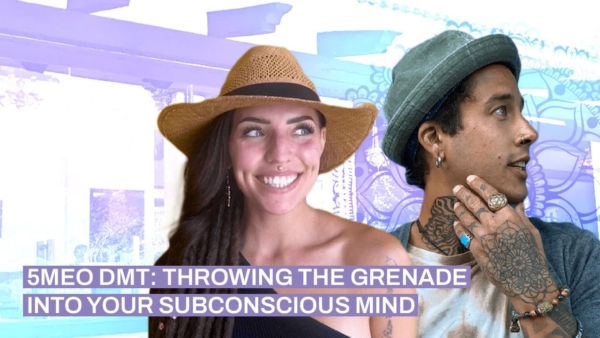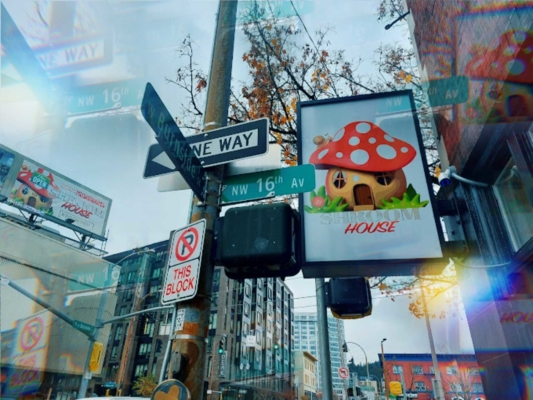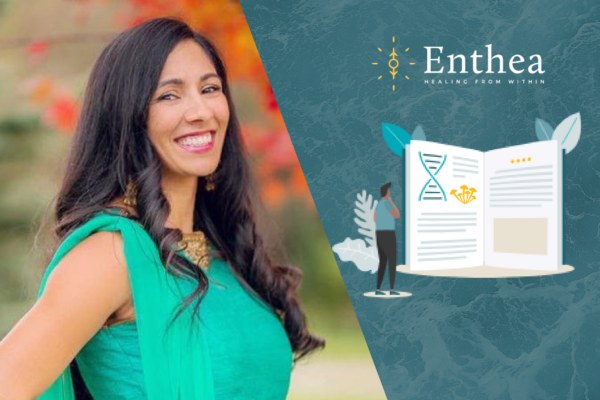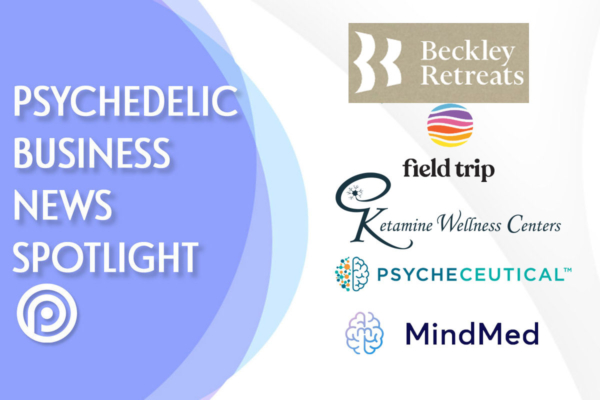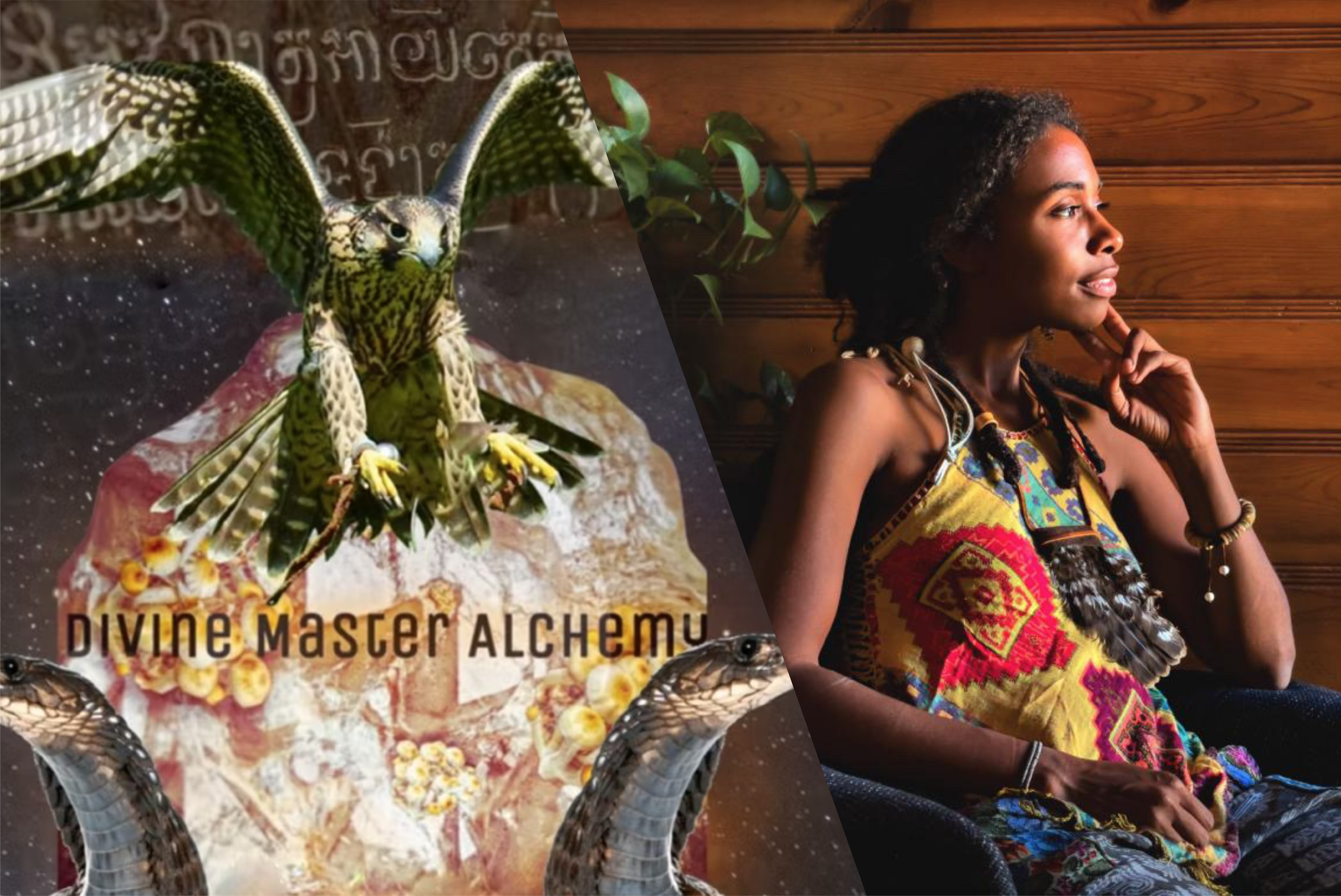
In this episode, Dennis Walker talks with Acacea Lewis, where she shares insights accrued from her extensive experience supporting people doing high dose journey work and integration, and shares her thoughts about the emergent ‘psychedelics industry’ as well as the importance of learning how to cultivate presence.
